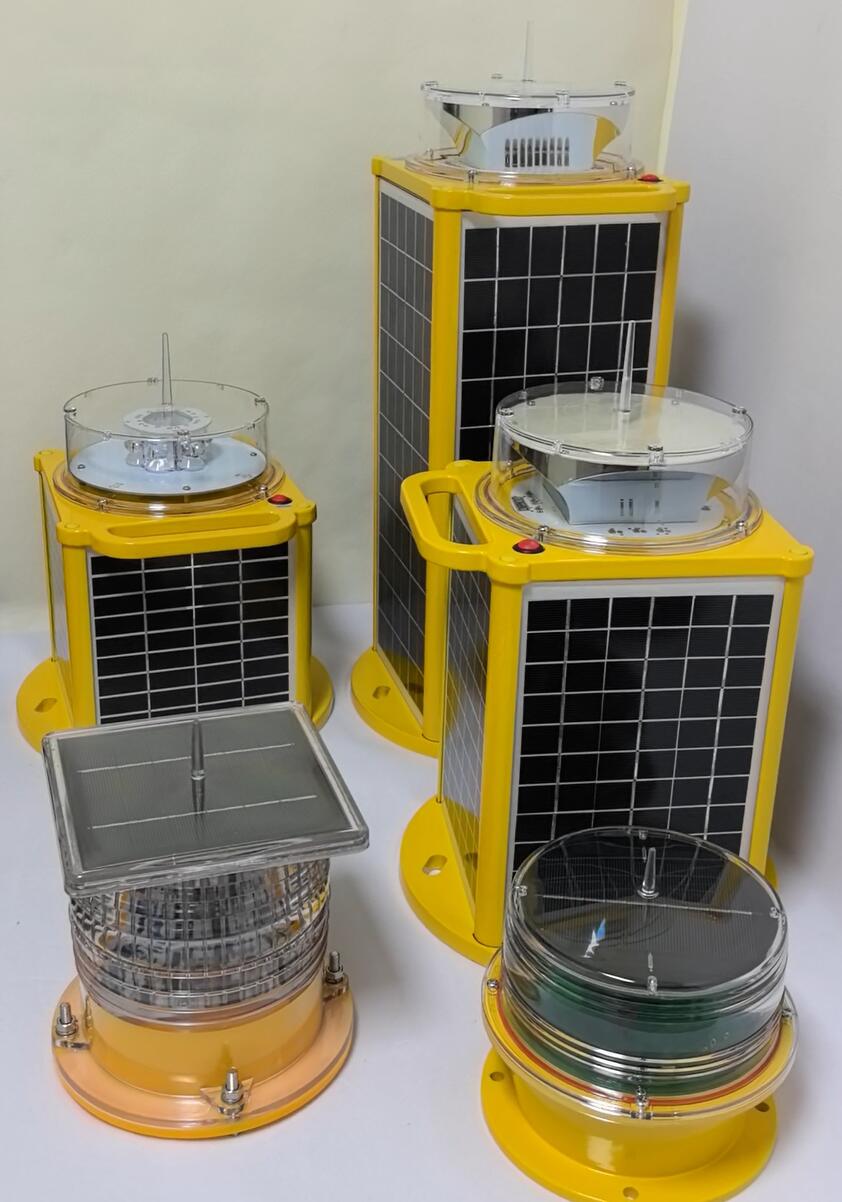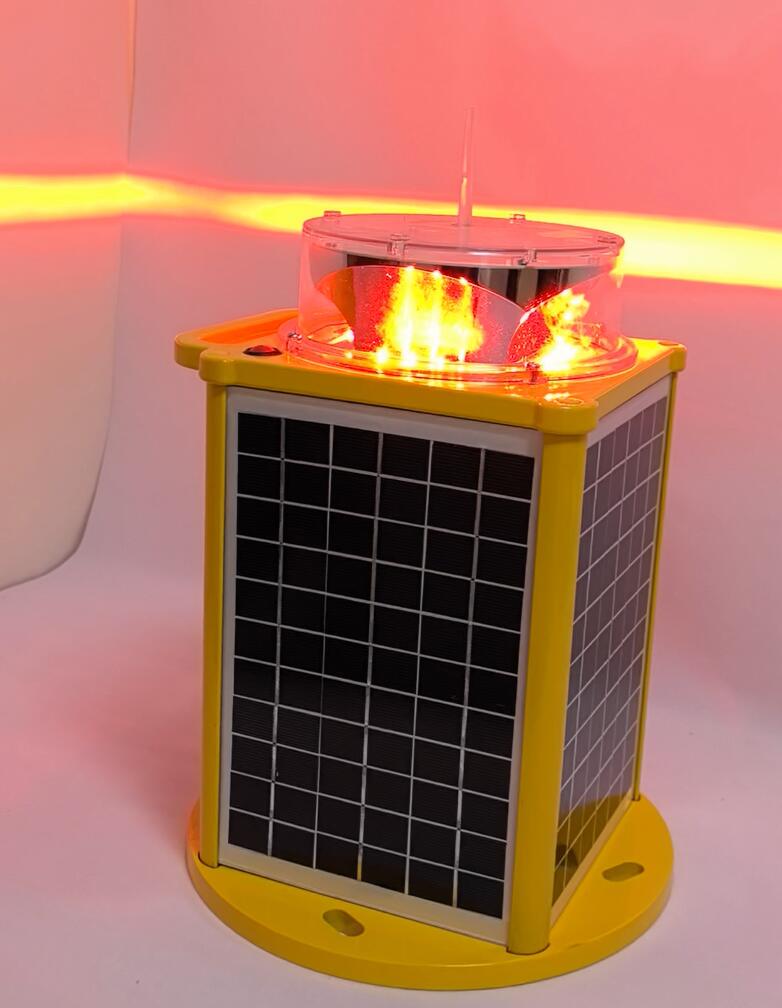Solar aviation light has emerged as a revolutionary concept in the field of aviation, bringing a new level of safety and efficiency to the skies.
In the world of aviation, clear and precise lighting is of paramount importance. It acts as a guiding beacon for pilots, ensuring smooth and safe operations. Traditional lighting systems have long served this purpose, but they often come with their fair share of limitations. This is where solar aviation light steps in to make a difference.
The core principle behind solar aviation light is the utilization of solar energy. The specially designed solar panels capture the sun's rays and convert them into electrical power, which is then stored in batteries for use when needed. This not only reduces the reliance on conventional power sources but also offers a sustainable and eco-friendly alternative.

One of the significant advantages of solar aviation light is its adaptability. It can be easily installed in various locations, whether it's a small local airport, a remote helipad, or an isolated runway. This flexibility is crucial, especially in areas where access to a stable power grid is a challenge.
| ERW | EDC | 56Y |
| 5TF | GH6 | VB6 |
For example, consider a rural or mountainous region where setting up a complex power infrastructure for aviation lighting would be costly and time-consuming. Solar aviation lights can be deployed quickly and efficiently, providing essential illumination without the need for extensive construction work.

The durability of these lights is another notable feature. They are built to withstand harsh environmental conditions, including extreme temperatures, strong winds, and heavy rain. This ensures that they remain operational and reliable, regardless of the weather.
In addition to their physical robustness, solar aviation lights also offer superior visibility. The advanced LED technology incorporated in them emits a bright and consistent light, allowing pilots to have a clear view of the runway and surrounding areas from a considerable distance.
Maintenance is also simplified with solar aviation lights. Since there are no complex electrical connections or frequent power outages to contend with, the upkeep is relatively straightforward. Regular checks and cleaning of the solar panels and batteries are typically sufficient to keep the lights functioning optimally.
Despite their numerous benefits, solar aviation lights do face some challenges. The amount of sunlight available can vary depending on the location and weather conditions, affecting the charging efficiency of the batteries. However, ongoing technological advancements are constantly working to address these issues.
In summary, solar aviation light represents a significant leap forward in aviation safety and sustainability. Its ability to provide reliable lighting in diverse settings, combined with its low maintenance requirements and environmental friendliness, makes it an attractive option for the aviation industry. As technology continues to evolve, we can expect solar aviation lights to play an even more crucial role in ensuring the safety and efficiency of air travel. The future of aviation is undoubtedly brighter with the presence of solar aviation lights.